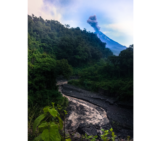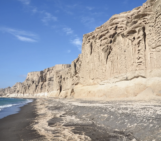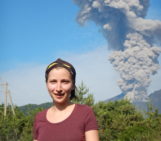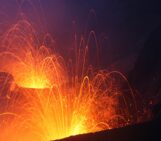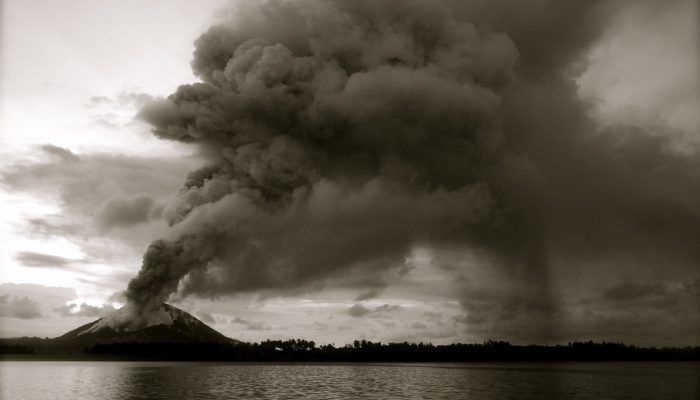
The dawn of the Dark Ages coincided with a volcanic double event – two large eruptions in quick succession. Combined, they had a stronger impact on the Earth’s climate than any other volcanic event – or sequence of events – in the last 1200 years. Historical reports reveal that a mysterious dust cloud dimmed the sun’s rays between in 536 and 537 CE, a time followed by global societal decline. Now, we know the cause.
By combining state-or-the-art ice core measurements with historical records and a climate model, researchers from GEOMAR Helmholtz Centre for Ocean Research, Germany, and a host of international organisations showed that the eruptions were responsible for a rapid climatic downturn. The findings, published in Climatic Change, were presented at the EGU General Assembly in April 2016.
Explosive volcanic eruptions typically emit large volumes of ash and gas high into the atmosphere. The way this ash spreads depends both on how high up it’s propelled and the prevailing weather conditions. When it reaches the stratosphere, it has the capacity to spread far and wide over the Earth, meaning the eruption will have much more than a local impact.
Individually, these events were strong, but not that strong. Their combined force was what made their affect of the earth’s climate so significant. They occurred closely in time and were both in the Northern hemisphere.
Volcanic emissions reflect light back into space. Consequently, less light and, importantly, less heat reaches the surface, causing the Earth to cool. Diminishing sunlight following the eruptions resulted in a 2 °C drop in temperature, poor crop yields and population starvation. The drop in temperature led to a 3-5 year decline in Scandinavian agricultural productivity – a serious problem.
This double event had a major impact on agriculture in the northern hemisphere – particularly over Scandinavia. It’s likely that societies could withstand one bad summer, but several would have been a problem.

An ash covered plant via Wikimedia Commons.
There’s agricultural evidence to support the theory too. Pollen records read from sediment cores can be used to work out when agricultural crops covered the land and when the land was ruled by nature. Scandinavian cores suggest there was a shift from agricultural crops to forest around the time of the eruption. There is some scepticism regarding the cause of this shift, but the implication is that when food decreases, so does the population, This means there’s no need to farm as much land, nor enough people to do so. In the absence of agriculture, nature takes over and trees once again cover the land.
By Sara Mynott, EGU Press Assistant and PhD candidate at the University of Exeter.
Sara is a science writer and marine science PhD candidate from the University of Exeter. She’s investigating the impact of climate change on predator-prey relationships in the ocean, and was one of our Press Assistants this year’s General Assembly.

